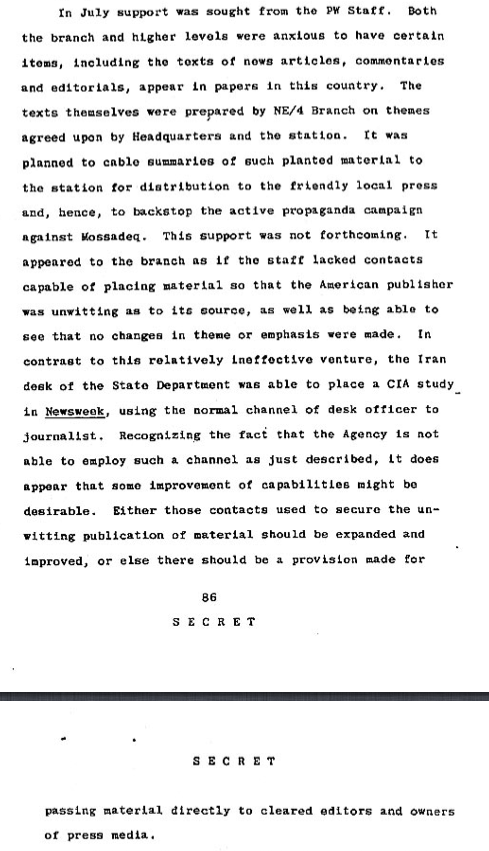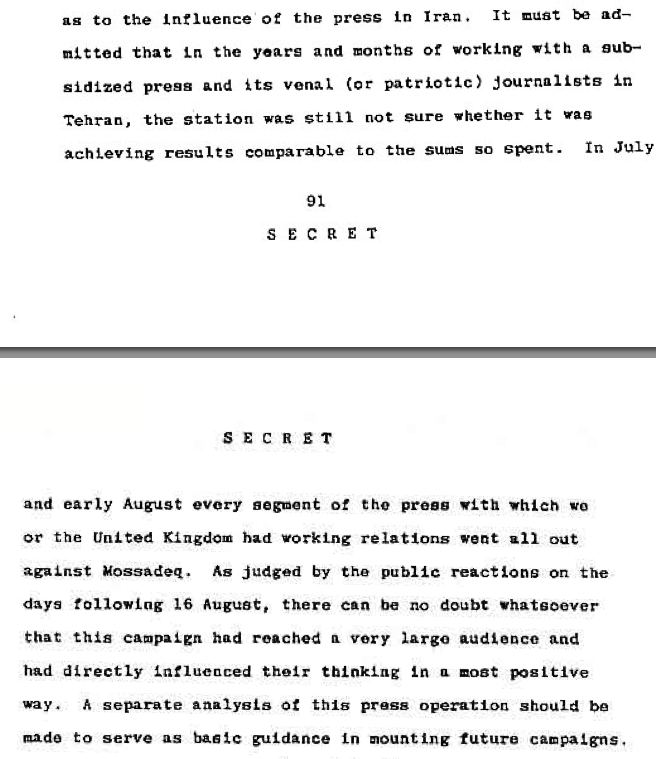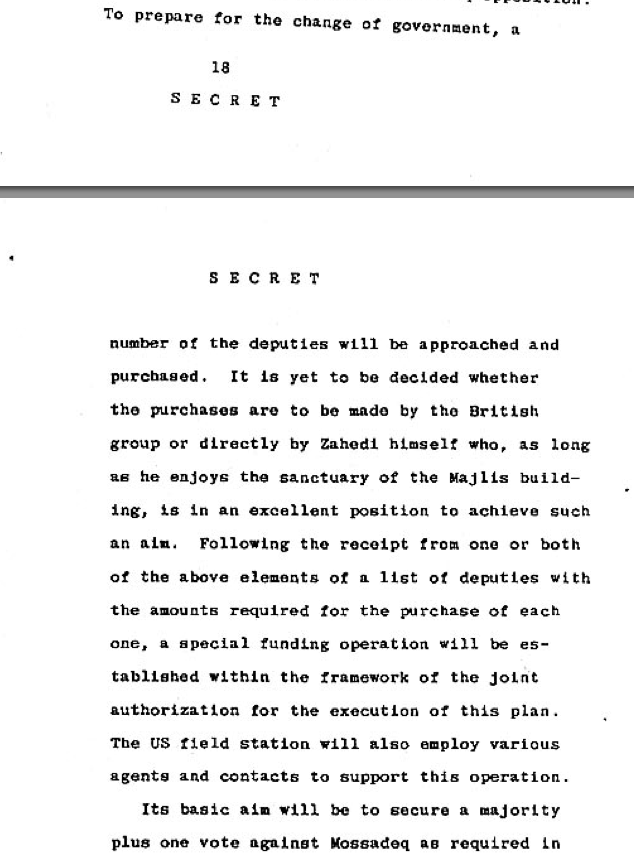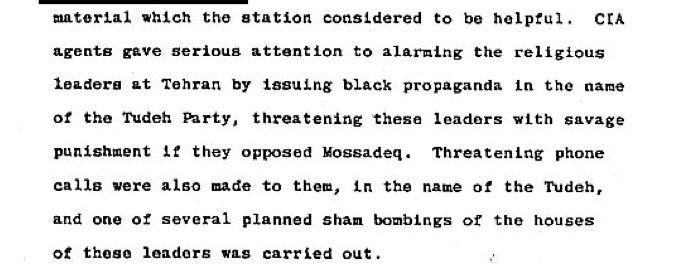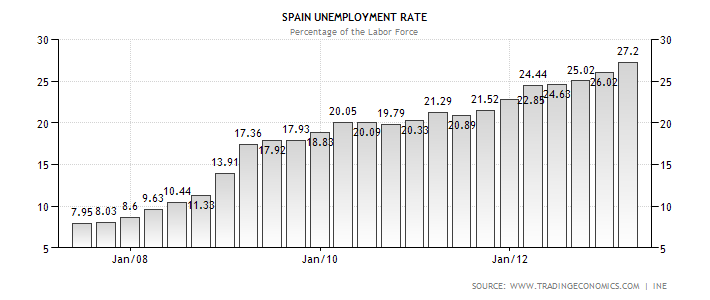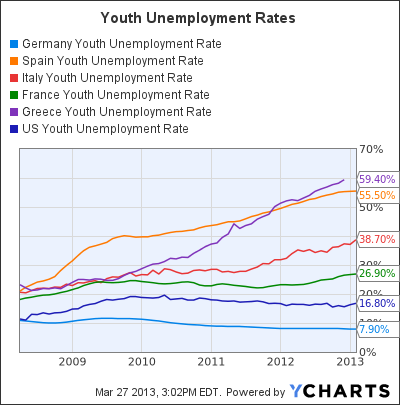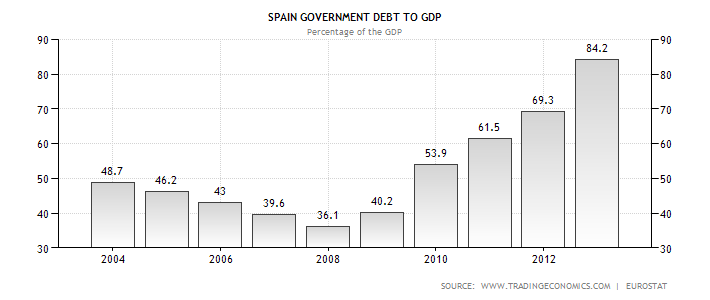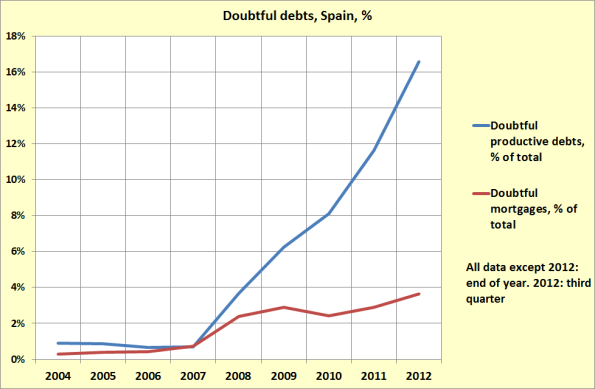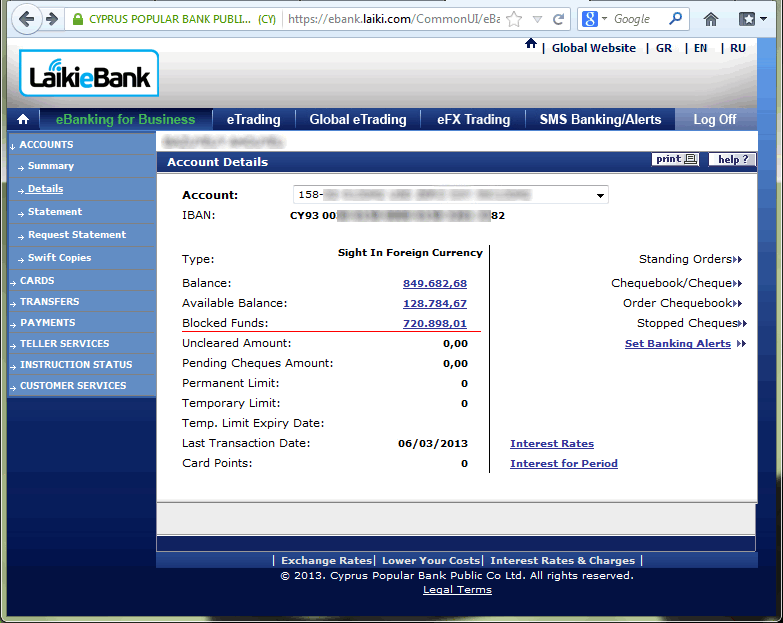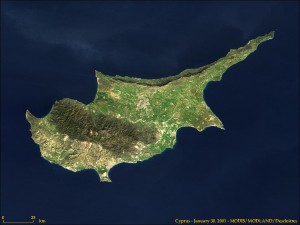On May 23rd, 2013, the Federal Court of Canada filed a ruling concluding that election fraud had occurred during the 2011 Canadian election.
The goal of this post is to breakdown the court’s findings and callout the key evidence and conclusions included therein. With the exception of my analysis at the end of this post, all information presented is pulled directly with minimal interpretation from Justice Mosley’s ruling on the matter which you can read for yourself here.
To briefly set the context for the federal case, it involves six applicants alleging voter manipulation in their respective ridings. Parallel to this federal case, there is an ongoing Elections Canada investigation from which much of the evidence for the federal case was obtained. The Elections Canada investigation is of a much broader scope and, at this point, has received complaints of voter manipulation from 247 of the 308 ridings in Canada.
Overview of the Complaint
In a nutshell, the complaint is as follows:
[149] The affidavit evidence of each of the applicants themselves is similar. In most cases, the applicants or their spouses received a telephone call prior to the election from someone purporting to be calling from the Conservative Party of Canada. They were asked whether the Conservative Party could rely on their support in the election. The applicants or their spouses told the callers that they would not be voting for the Conservative Party. Just before or on the election day, all but one of the applicants received a second telephone call, either live or recorded, purporting to be from Elections Canada, in which they were advised that their polling station had changed.
[150] The calls identified an incorrect polling station location…
The result of this misleading information was to prevent some voters, identified as not supporting the Conservative Party of Canada (CPC), from being able to vote.
The audio recording of one of these calls was filed by the Guelph applicant:
This is an automated message from Elections Canada. Due to a projected increase in poll turnout your voting location has been changed. Your new voting location is at the Old Quebec Street mall at 55 Wyndham Street North. Once again, your new poll location is at the Old Quebec Street mall at 55 Wyndham Street North. If you have any questions please call our hotline at 1-800-434-4456. We apologize for any inconvenience that this may cause.
Overview of Relevant Legislation
The specific legislation relevant to this case and used by Justice Mosley is the Canada Elections Act. Section 524 of this Act lays out the grounds on which an election can be contested, and section 531 lays out the remedy the court may provide:
524. (1) Any elector who was eligible to vote in an electoral district, and any candidate in an electoral district, may, by application to a competent court, contest the election in that electoral district on the grounds that
(a) under section 65 the selected candidate was not eligible to be a candidate; or
(b) there were irregularities, fraud or corrupt or illegal practices that affected the result of the election.531. (2) After hearing the application, the court may dismiss it if the grounds referred to in paragraph 524(1)(a) or (b), as the case may be, are not established and, where they are established, shall declare the election null and void or may annul the election, respectively.
In 531(2) the use of the word ‘respectively’ is key. Justice Mosley interprets this as follows in paragraph 54 of his ruling:
- Where 524(1)(a) applies (selected candidate not eligible) a court must annul the election.
- Where 524(1)(b) applies (fraud etc.) a court may annul the election at the discretion of the judge.
The definition and standard of fraud used in this case is important given the extreme difficulty in establishing guilt on a specific individual. This inability to establish the guilt of an individual precludes the criminal law standard of fraud being applied. However, Mosley concludes, in agreement with the interpretation of the Chief Electoral Officer, that the civil standard (which requires only that fraud occurred) is the standard required by the Canada Elections Act:
[66] …Authorship of the fraud and the guilt of any person or persons are not material. What is relevant is the fact of the fraud and the effect it had on the outcome.
[67] …In particular, the fact that a breach of the statute might result in the invalidity of an election did not require the application of the criminal standard of proof.
[69] I agree with the submission of the Chief Electoral Officer that any action or instance meeting the dictionary definition of fraud would constitute electoral fraud where it was done in contravention of a provision of the Canada Elections Act or where it served to defeat a process provided for in that Act. It seems to me to be clear that deliberately misinforming electors about their polling location would thus be fraud within the meaning of s 524 and is provable on the civil standard.
Once fraud under section 524 of the Canada Elections Act has been established, whether to annul the election is at the sole discretion of the judge:
[79] The assessment of whether the impact of fraud affecting the result of the election is sufficient to warrant annulling the election result falls within the application of the judge’s discretion under s 531. If the number of suppressed votes is sufficient to cast doubt on the true winner, the Court has an easier task. Absent a clear finding to that effect, the more difficult question is whether the fraud, corrupt or illegal practice, if proven, was sufficiently serious to call the integrity of the election process into question.
Justice Mosley lays out a summary of his interpretation of the relevant legislation, as follows:
[83] In summary, there are three steps required to annul under the Act in the context of the vote suppression allegations before the Court. The applicants must first demonstrate one of the four circumstances in s 524(1)(b): irregularities, fraud, corrupt practices, or illegal practices. Once the first step has been achieved, if even a single vote is shown to not have been cast due to one of the four above circumstances in a subject riding, the Court acquires the discretionary power to annul the results in that district under 531(2). The third step is for the Court to consider either the “magic number” test (explained in Opitz at paras 71-72) or another appropriate test (envisaged by Opitz at para 73) and decide whether to exercise its discretionary power.
The “magic number” test mentioned in the above paragraph is important to understand since it’s the key criteria Mosley proposes to use in determining whether the fraud affected the outcome of the elections in the given ridings. This test assumes that every vote that was affected by the fraud would have been cast for the second place candidate had the fraud not occurred. While this would not necessarily have been the case (since some of the affected votes would have been for the NDP, some for the Liberals, etc.) it is nonetheless the measure used by the court and, in my mind, an apt measure of the real impact of the fraud.
EKOS Survey
The main evidence presented to the court to quantify the extent and effect of the misleading phone calls was provided in the form of a survey conducted by leading independent survey firm EKOS Research Associates. This survey was performed against a random sampling of residents in each of the six ridings covered under the complaint. Respondents were asked whether they had received a telephone call asking them how they intended to vote and subsequently received a call informing them, incorrectly, that their polling station had changed.
The results of this survey (with a margin of error of +/-1.8%, 19 times out of 20) are as follows:
[216] …
Winnipeg South Centre:
There were no polling station changes in this riding. The margin of victory for the Conservative respondent was 722 votes (out of 40,093 cast for all candidates). The survey contacted 606 people in the riding. Of those, 5.3% said that they had been called and told that their polling station had been changed. Of those receiving such calls, 5.7% (i.e. 1.0 percent of the 606 or 6 persons) said that they then did not vote. Extrapolating that 1 % to the total 40,093 votes indicates that the reverse magic number (more votes presumed to oppose the winner than the margin of victory) would not have been reached.Saskatoon-Rosetown-Biggar:
No polling station changes. The margin of victory was 538 votes out of 30,220 cast. The survey contacted 303 people. Of those, 4.0% (or 12 people) said that they had been called and told that their station had been changed. Of those, 8.1% (2% of the 303 or 6 people) said that they did not vote. Extrapolated to the total number of votes cast, 2% would exceed the reverse magic number required.Elmwood-Transcona:
No polling station changes. A margin of victory of 300 votes of 33,085 total cast. The survey contacted 487 people in the riding. Of those, 4.9%, or 24 people, said that they had been contacted about a change in their polling station. Eight people (or 1.6% of the 487) said that they then did not vote. Calculated as a percentage of the total (1.6% of 33,085), this would indicate that 529 voters did not vote, well in excess of the magic number.Nipissing-Timiskaming:
No polling station changes. Margin of victory for the Conservative candidate was just 18 votes out of 42,496 cast. The survey contacted 487 people in this riding. Of those, 1.8% (or 9 people) said that they had been called with the misleading information. 12.1% (i.e.,1.8% of the 487, 7 people) of those said they then did not vote. Extrapolated to the total votes cast, this would indicate that 595 voters did not vote, well in excess of the magic number.Vancouver Island North:
One polling station location was changed in this riding. The margin of victory was 1,827 out of 59,190 votes cast. 523 people were contacted by the survey. Of those, 2.7 % said that they had been called and told that their polling station had been changed. Of those 14 people, 5.7% or 4 people (i.e., 0.8% of the 523) said that they then did not vote – this would translate to 473 votes. The magic number would not have been reached in this riding.Yukon:
No polling station changes. The margin of victory was 132 votes out of 16,124 total cast. The survey contacted 466 people, of whom 36% said that they had been called and told that their polling station had changed or 168 people. Of those, 10.7%, approximately 8 people or 1.7 % of the 466, said they then did not vote. As 1.7% of 16,124 is 274 voters, the magic number would have been reached.
As the above details, in all these ridings the margin of victory for the Conservatives was razor thin. And, in four of the six ridings the magic number test concludes that the fraud did affect the outcome of the election. In the Elmwood-Transcona and Nipissing-Timiskaming ridings the number of affected votes are such that, even assuming some vote splitting between the Liberals and NDP, the outcome was clearly affected.
EKOS themselves summarized the results as follows:
[208] …
a. The evidence strongly suggests that there was a targeted program of voter suppression in place in the subject ridings. Based on the survey samples, it appears that tens of thousands of voters were targeted.b. These activities were clearly targeted at non-CPC voters in a manner that is highly improbable to have happened by chance. They included false reports of polling station changes and faux calls claiming to be from Elections Canada. In fact, Elections Canada made no such calls and there were virtually no voting station changes, yet many thousands of voters in the six ridings claim to have received these calls.
c. Exposure to these calls clearly had a dampening effect on propensity for non-CPCsupporters to vote. EKOS estimated the effect in the range of 1.0%. Applying a margin of error to those estimates would produce a band of 0.8% to 1.8%. Inother words if these actions had not been in place, the CPC advantage would havebeen reduced by this amount on average in these six ridings.
Findings of the Court
Did Fraud Occur?
In a word, yes. Justice Mosley summarizes his finding that fraud occurred during the 2011 Canadian federal election as follows:
[244] I am satisfied that is has been established that misleading calls about the locations of polling stations were made to electors in ridings across the country, including the subject ridings, and that the purpose of those calls was to suppress the votes of electors who had indicated their voting preference in response to earlier voter identification calls.
[245] In reaching this conclusion, I make no finding that the CPC, any CPC candidates, or RMG and RackNine Inc., were directly involved in the campaign to mislead voters. To require the applicants to identify the perpetrators of the misleading calls would impose an impossibly high standard of proof. I am satisfied, however, that the most likely source of the information used to make the misleading calls was the CIMS database maintained and controlled by the CPC, accessed for that purpose by a person or persons currently unknown to this Court. There is no evidence to indicate that the use of the CIMS database in this manner was approved or condoned by the CPC. Rather the evidence points to elaborate efforts to conceal the identity of those accessing the database and arranging for the calls to be made.
[246] I find that the threshold to establish that fraud occurred has been met by the applicants…
Did the Fraud Affect the Election Outcome?
Justice Mosley does not accept the survey evidence as sufficient to conclude that the fraud affected the election outcome:
[249] Apart from the survey, there is no evidence that the election results in the six ridings would have turned out differently. This is not a case of disappearing ballots or tampering with voting machines as in some of the American cases in which survey evidence has been accepted. Here, the survey is offered to establish that some voters, a sufficient number in each riding to overcome the margin of victory, would have voted but for the effect of a telephone call directing them to the wrong polling location. None of those voters have come forward to confirm the results. The survey evidence, in this case, does not provide firm ground on which the Court could have confidence in finding that the fraud affected the results in any of the six ridings. I am, therefore, not satisfied that the survey is a reliable evidentiary basis upon which to cast doubt on the winner in each contest even where the margin of victory was close.
Did the Fraud Call into Question the Integrity of the Election?
Justice Morsley concludes that the fraud did not have a major impact of the integrity of the election:
[253] … I don’t doubt that the confidence rightfully held by Canadians has been shaken by the disclosures of widespread fraudulent activities that have resulted from the Commissioner’s investigations and the complaints to Elections Canada.
[254] Had I found that any of the successful electoral candidates or their agents were implicated in any way in the fraudulent activity, I would not have hesitated to exercise my discretion to annul the result even if the reverse magic number had not been shown to have been reached in the riding in question. No such evidence was led.
…
[256] While they appear to have been targetted towards voters who had previously expressed a preference for an opposition party (or anyone other than the government party), the evidence in this proceeding does not support the conclusion that the voter suppression efforts had a major impact on the credibility of the vote.
Should the Election Be Annulled in Any of the Ridings?
Given his reluctance to rely on the survey data as conclusive, together with his conclusion that no major impact on the credibility of the election occurred, Mosley declines to exercise his discretion to annul:
[258] Having considered the matter very carefully and with a full appreciation for the concerns about the integrity of the electoral process that have motivated these applications, I am unable to conclude that I should exercise my discretion to annul the 2011 election results in any of the subject ridings because of the fraud that occurred.
Analysis
Before I get into my analysis of the court’s findings, let me make one thing clear: I don’t have a dog in this fight. I do not support any of the major political parties in Canada and believe them all to be, roughly speaking, equally corrupt and inept.
When the electoral process is compromised in such a fundamental way as occurred in the 2011 election, all appearance of fair, just and representational government is lost. Such corruption has a way of breeding and expanding amongst the ruling class. If MPs are willing to commit fraud in elections do you really think they will act in the best interests of the people once they secure their election?
Staying atop my soapbox, I continue by disagreeing in the strongest possible terms with Mosley’s conclusion that the fraud did not affect the election outcome. The Nipissing-Timiskaming was won by a margin of 18 votes. The survey results for that riding indicated 595 affected votes. How can one possibly conclude that the outcome of the election was not affected in this case? Even if the survey data is not trusted clearly some votes were affected and, with a margin of victory of 18 votes, any number of votes calls into serious question the validity of the election in this riding.
And yet, Justice Mosley is somehow able to conclude that, not only has the outcome of the election not been affected, but also that the integrity of the election has also not been affected. This conclusion does not follow the basic principals of logic or even common sense. There was widespread fraud – how could the integrity not be affected?
As for the argument that the EKOS survey can not be trusted because none of the callers came forward to confirm the results, this is a completely ridiculous argument. Respondents to the survey weren’t asked to come forward to confirm the survey results. And, if they had been, in Mosley’s own words “call-backs to verify the information received would run counter to the concern expressed by the Supreme Court that efforts to establish causal effects must not breach ballot secrecy” ([223]). Thus, we can see that Justice Mosley endeavours to have his cake, and eat it too. The survey is unreliable because its results were not confirmed. But, the survey can’t be confirmed because this would breach ballot secrecy. Nice.
Mosley uses the lack of direct evidence of involvement by the Conservative Party as a reason he doesn’t feel obligated to annul the election of their MPs. In his words “Had I found that any of the successful electoral candidates or their agents were implicated in any way in the fraudulent activity, I would not have hesitated to exercise my discretion to annul the result…“.
And yet who had the motive to commit the fraud? The Liberals? The NDP? Even if someone outside the CPC hacked into their database to commit the crime it was still the Conservatives who directly benefited from the fraud. Thus, the obvious remedy is to remove the illicit gains.
And this punitive measure is important. Fraud was committed. It’s simply not good enough to merely recognize the fraud – it must be remedied. For if it is not, if there is no punishment for the act, why would one not engage in it?
The election should have been annulled in at least some of these ridings. Mosley amazingly argues that “annulling an election would disenfranchise every elector who voted in the riding“. Guess what Mosley – you failing to annul in the face of clearly established election fraud is what disenfranchises me. Voting in a by-election called in response to election fraud would have, if anything, given me faith that the system worked.








